1. Automated Encryption
AI algorithms can automate the encryption process, dynamically selecting and applying the most appropriate encryption methods based on the data type and sensitivity, improving efficiency and security.
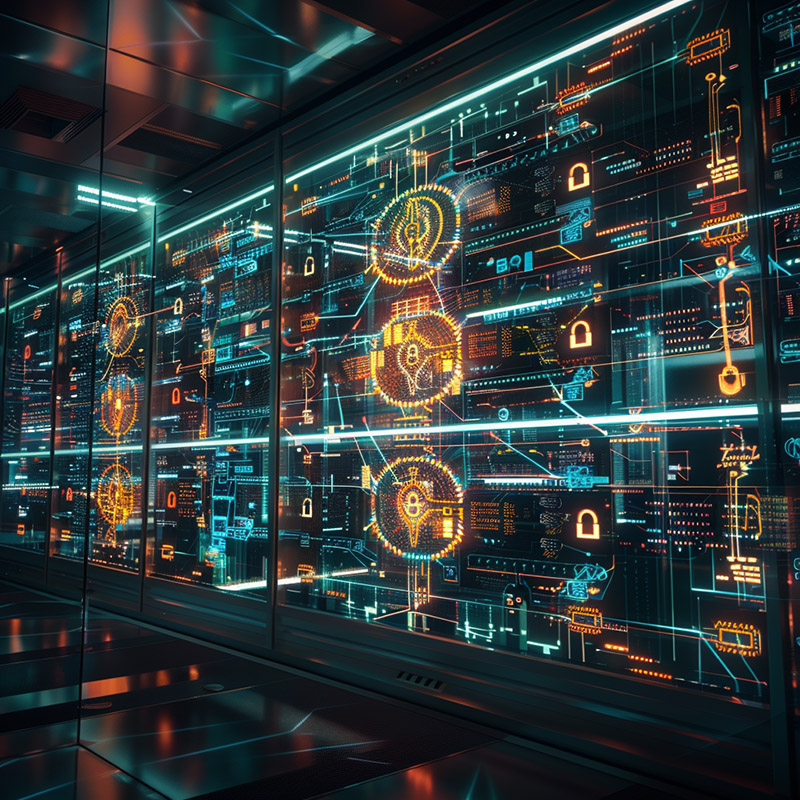
Encryption Processes Before AI
Encryption processes required manual selection and application of protocols, which could be slow and prone to error, especially in complex systems handling vast amounts of data. This manual approach often resulted in inconsistent security levels and inefficiencies in data protection efforts.
Encryption Processes After AI
AI-driven automation of encryption processes has significantly enhanced efficiency and consistency. By dynamically selecting and applying the most appropriate encryption methods based on data sensitivity and type, AI ensures optimal security across all data sets. This not only streamlines encryption processes but also strengthens data protection, minimizing human error and adapting to evolving security needs in real-time.
2. Enhanced Security Protocols
AI has enabled the development of more complex and secure encryption protocols by analyzing potential vulnerabilities in existing systems and suggesting improvements, making encryption algorithms harder to crack.

Security Protocols Before AI
Developing and updating security protocols was a predominantly manual and reactive process, often lagging behind the fast-evolving landscape of cyber threats. This often left systems vulnerable to new types of attacks before protocols could be adequately adjusted.
Security Protocols After AI
With AI, security protocols can be continuously analyzed and enhanced based on emerging threats and vulnerabilities. AI's ability to predict and adapt to cyber threats has transformed security protocols into proactive shields, significantly reducing potential vulnerabilities and keeping systems secure against even the most advanced attacks.
3. Adaptive Encryption Techniques
AI systems can monitor and adapt encryption techniques in real-time, responding to new threats as they emerge. This adaptability ensures that data remains protected against evolving cybersecurity threats.
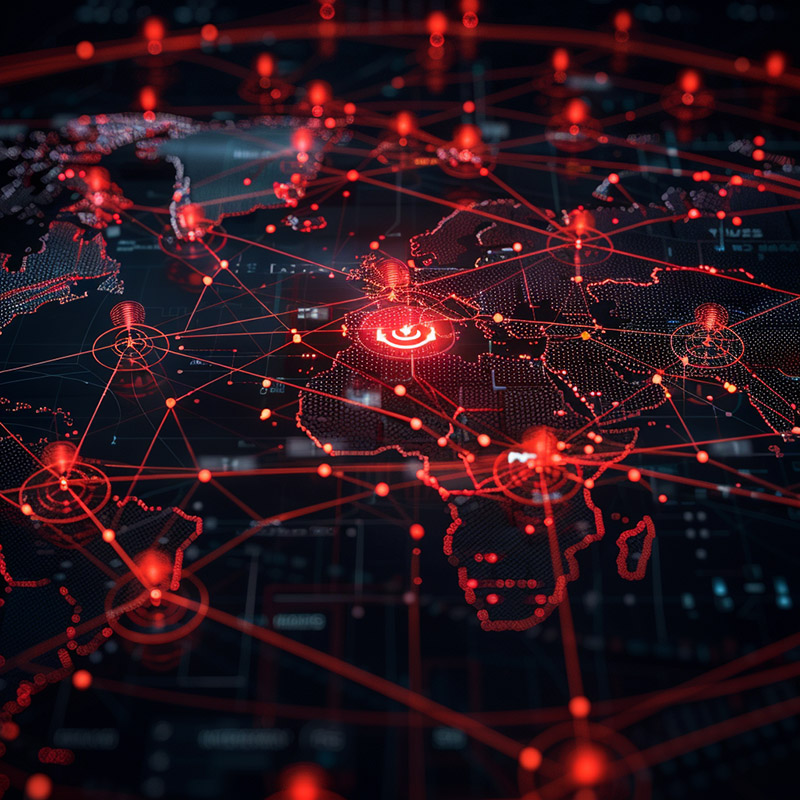
Encryption Techniques Before AI
Encryption techniques were static, applied uniformly without the ability to adapt to changing threat environments or specific data risks. This one-size-fits-all approach sometimes led to either over-encryption, which could reduce system efficiency, or under-encryption, which could leave data exposed.
Encryption Techniques After AI
AI has introduced adaptive encryption, where encryption methods and strengths can dynamically adjust based on the level of threat and the type of data being protected. This ensures that data is always secured with the most appropriate level of encryption, optimizing both security and system performance.
4. Optimized Key Management
AI can manage encryption keys more effectively, predicting when keys should be rotated or updated and automating the key lifecycle process. This reduces the risk of key mismanagement, which can lead to security breaches.

Key Management Before AI
Key management was often cumbersome and prone to human error, with manual processes for generating, distributing, retiring, and updating encryption keys. Poor key management practices could lead to security breaches and data loss.
Key Management After AI
AI's role in key management has revolutionized how keys are handled, automating the entire lifecycle of encryption keys. Predictive analytics ensure keys are updated or retired at optimal times, enhancing security while reducing the administrative burden and risk of human error.
5. Quantum Cryptography Development
AI is playing a crucial role in the development and optimization of quantum cryptography, which uses the principles of quantum mechanics to secure data in a way that is theoretically impervious to hacking.
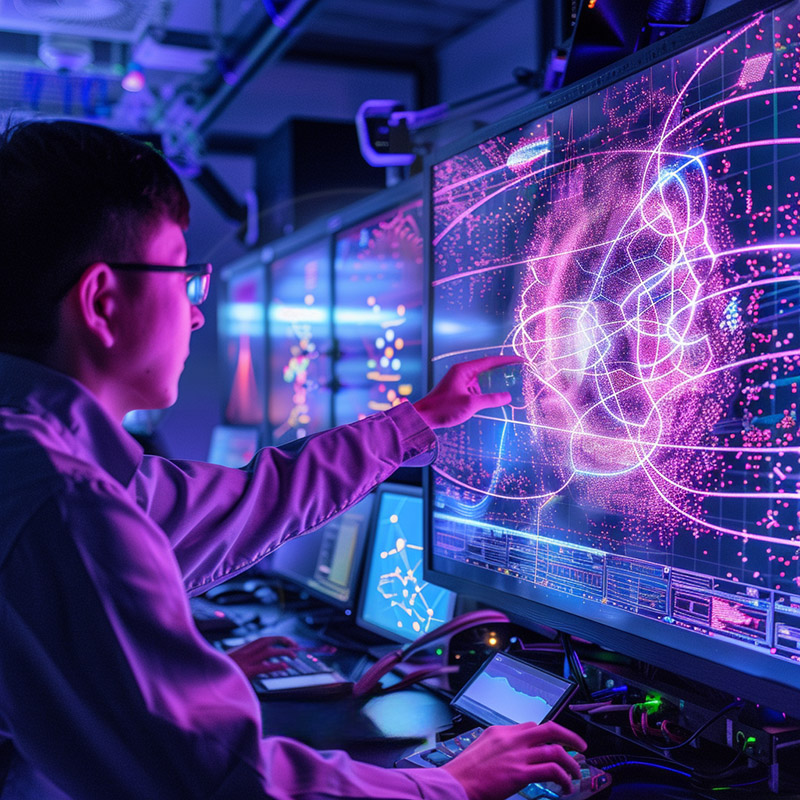
Quantum Cryptography Before AI
Quantum cryptography, while promising, faced significant developmental challenges, including complexity in creating practical, scalable systems. The technology's advancement was slow, limited by human capacity to solve intricate quantum problems.
Quantum Cryptography After AI
AI has accelerated the development of quantum cryptography by solving complex problems faster and identifying the most viable pathways to practical applications. This has brought quantum-secured communication closer to reality, promising a future where data transmission could be impervious to traditional hacking attempts.
6. Improved Data Privacy
AI-driven encryption tools can better identify and classify sensitive information, ensuring that personal and confidential data are encrypted to a higher standard, thus enhancing privacy protections.
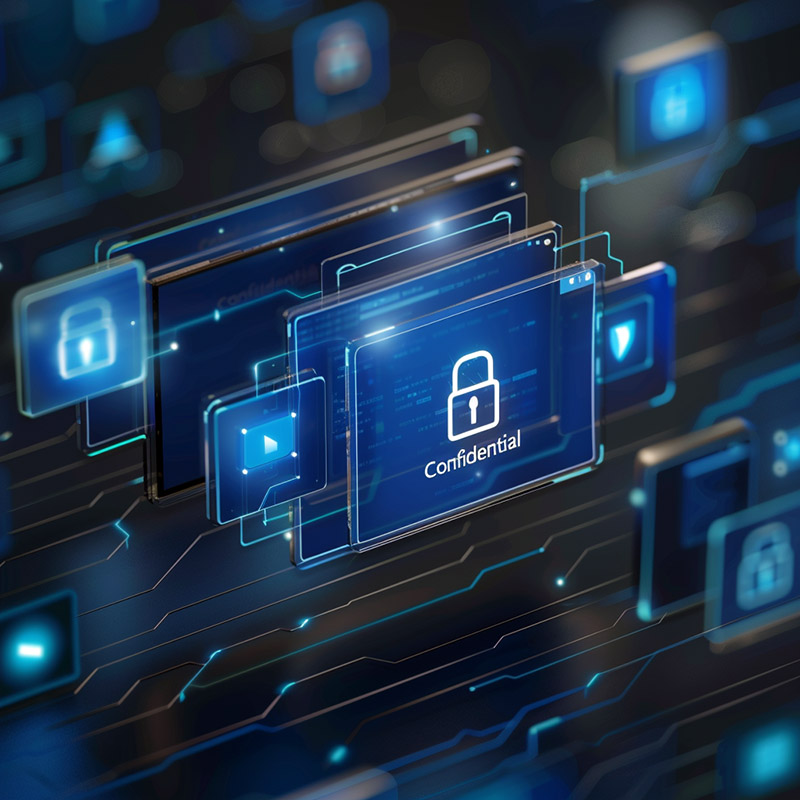
Data Privacy Before AI
Ensuring data privacy involved manual classification and protection of sensitive information, a process that was not only time-consuming but also prone to oversights, leaving personal and confidential data vulnerable.
Data Privacy After AI
AI-driven systems automatically classify and encrypt sensitive information, significantly improving data privacy. By recognizing and protecting personal and confidential data across systems, AI minimizes human error and ensures comprehensive privacy protection at all times.
7. Detection of Encryption Anomalies
AI algorithms can detect anomalies in encrypted data traffic, identifying potential security breaches or unauthorized decryption attempts more quickly than traditional methods.

Anomaly Detection Before AI
Anomaly detection in encrypted data traffic relied heavily on manual monitoring, making it difficult to quickly identify and respond to unusual patterns that could indicate a security breach.
Anomaly Detection After AI
AI's ability to continuously monitor encrypted data traffic and instantly detect anomalies has transformed security monitoring. By automatically identifying potential breaches or unauthorized decryption attempts, AI enables faster response times, reducing the risk of data exposure.
8. Efficient Cryptanalysis
AI aids in cryptanalysis by using pattern recognition and machine learning to test the strength of encryption algorithms, helping developers understand potential weaknesses in their encryption methods.

Cryptanalysis Before AI
Cryptanalysis, or the study of cracking encryption algorithms, was a slow and complex process, requiring extensive manual effort to identify vulnerabilities in encryption methods.
Cryptanalysis After AI
With AI, cryptanalysis has become more efficient, allowing for rapid testing of encryption strengths and vulnerabilities. AI's pattern recognition and computational capabilities enable quicker identification of potential weaknesses, ensuring stronger encryption methods are developed and employed.
9. Secure Communication Channels
AI enhances the security of communication channels through adaptive encryption, ensuring that messages remain confidential and integral during transmission, adapting to threats in real-time.
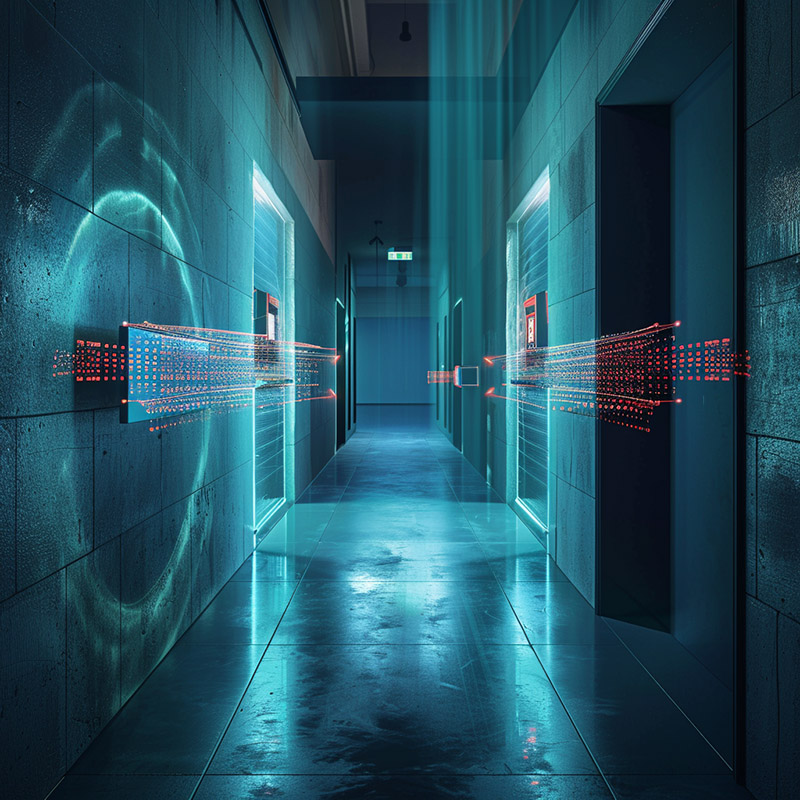
Secure Communication Channels Before AI
Securing communication channels against interception and eavesdropping was challenging, often requiring significant manual configuration and constant vigilance to adapt to new threats.
Secure Communication Channels After AI
AI has bolstered the security of communication channels by automatically adapting encryption in response to threats. This ensures that messages remain confidential and integral, maintaining secure communication even in the face of sophisticated cyber-attacks.
10. Blockchain and Encryption
In blockchain technology, AI is used to improve encryption techniques and protocols, ensuring secure and tamper-proof transactions. AI algorithms help in optimizing blockchain networks for enhanced security and efficiency.
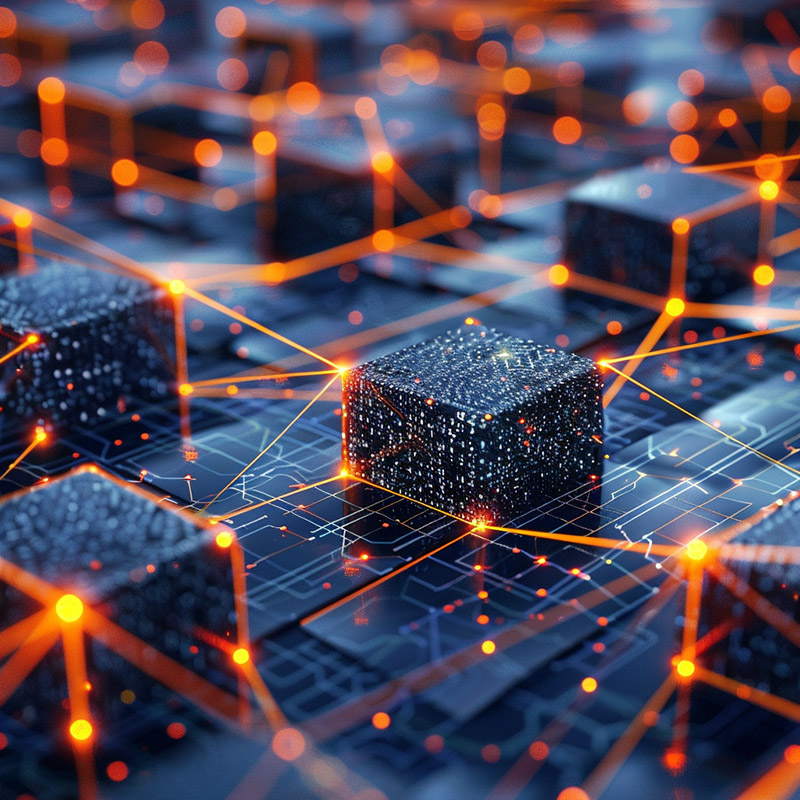
Blockchain Before AI
While blockchain technology inherently offered a high level of security, optimizing its encryption and efficiency for broader applications was a complex challenge, often requiring manual intervention and significant resources.
Blockchain After AI
AI's integration into blockchain has enhanced both the security and efficiency of encryption techniques used within the technology. By optimizing blockchain networks for performance and security, AI has expanded the potential applications of blockchain, from finance to supply chain management, making them more secure and efficient.